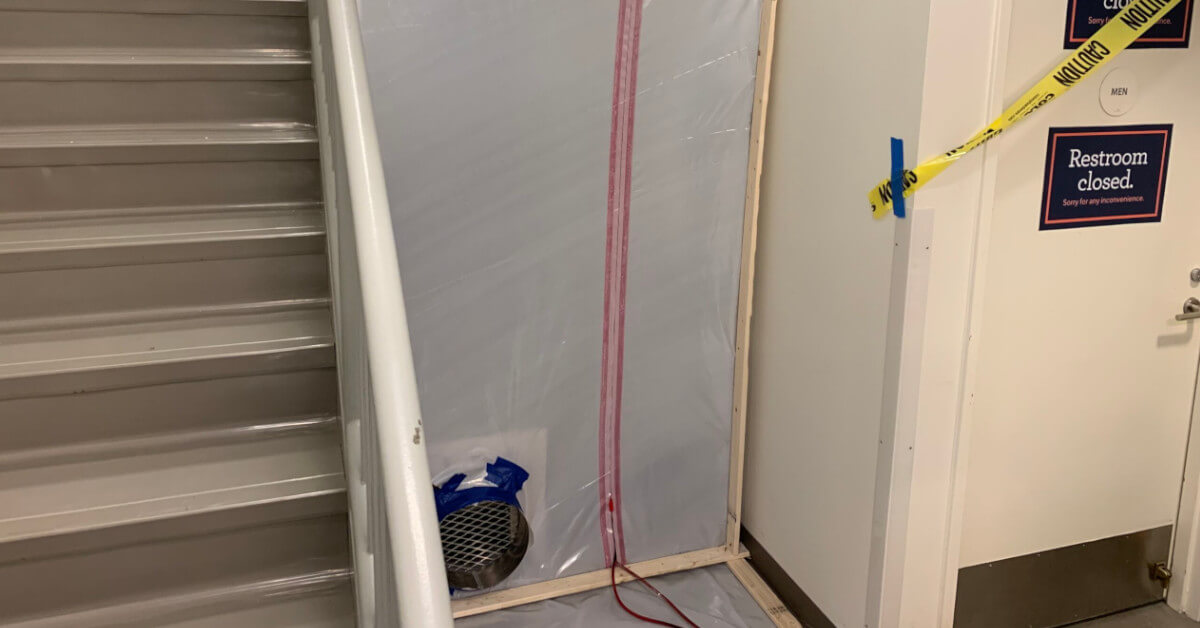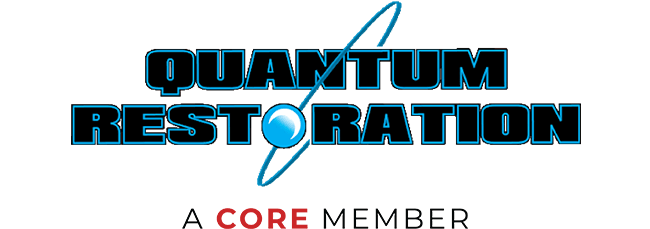Finding mold in your home can be an unsettling experience, and it can be difficult to know who to trust to take care of it. Mold remediation is tricky because if it’s not done properly, cross contamination can occur, making the problem even worse. When you hire a mold remediation company, make sure that they take the following steps when remediating the mold in your home.

Locate the Mold
The very first step in the mold remediation process is locating the mold and determining the extent of the damage. Mold grows in dark, damp areas and requires moisture, oxygen, and a food source to grow. Mold cannot be remediated until the source of moisture is found and repaired if necessary. Air sampling can help determine how much mold is present in the home as another too to help the remediation professional to know the full extent of the damage. Once the scope of work is determined, a treatment plan will be put into action.
Prepare the Area
The most important step in mold remediation is the preparation of the area. Because mold travels by way of spores, it can easily contaminate other areas of the home when disturbed during cleaning if proper containment areas are not set up. Once the affected area is determined, a containment room will be set up to avoid contamination of the rest of the home. This is a room made out of plastic that is sealed under negative air filtered by a HEPA machine.
Proper PPE and Equipment
Mold can be a major health hazard, especially when it is disturbed. Those same spores that can travel through a home and contaminate other areas can be inhaled and cause health problems. Mold remediation experts will wear personal protective equipment like suits and respirators and take all necessary precautions to protect both their health and yours.
Handling Contents
If any of your belongings have come into contact with mold, this will need to be addressed. Depending on the material and level of contamination, your belongings will either need to be cleaned and sanitized or thrown away. A remediation professional will determine what contents can be salvaged and what cannot. Non-porous materials like metal and glass can be easily cleaned and restored. Porous materials like carpeting, upholstery, and other fabric may or may not be able to be cleaned. It’s imperative that any contents that will be brought back into the home are properly sanitized lest they contaminate the home all over again.
Structural Cleaning
Like contents, structural remediation is largely dependent on the material. Porous materials like sheetrock and trim will often need to be torn out and replaced, while non-porous materials like glass tile and plastic can be cleaned. Unsalvageable materials will need to be torn out, bagged, and properly disposed of to avoid cross contamination. Once these materials are removed and salvageable materials cleaned, the entire area should be vacuumed with a HEPA vacuum. While there is no way to remove one hundred percent of the mold spores because mold is present literally everywhere, the HEPA vacuum will ensure that levels are at or below the EPA standards for safety. Following HEPA vacuuming, the remaining framework should be treated with an antimicrobial agent and then sealed with an antimicrobial sealer to prevent possible regrowth.
A certified, professional mold remediation company like Quantum Restoration Services will be well aware of the steps needed to safely and thoroughly remove the mold from your home and improve your indoor air quality. Please contact us today to schedule a mold inspection of your property.
